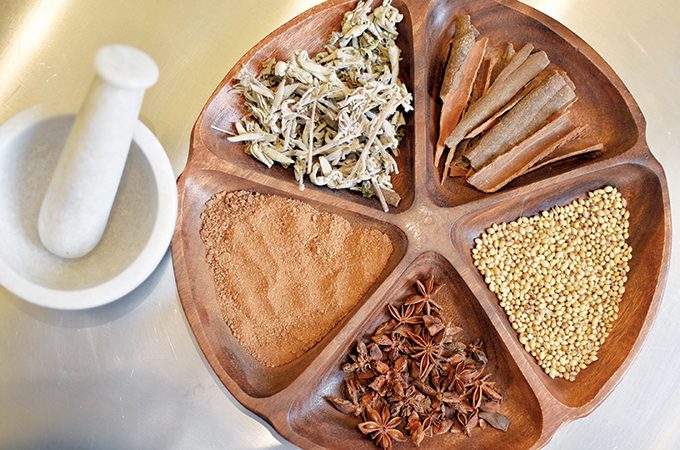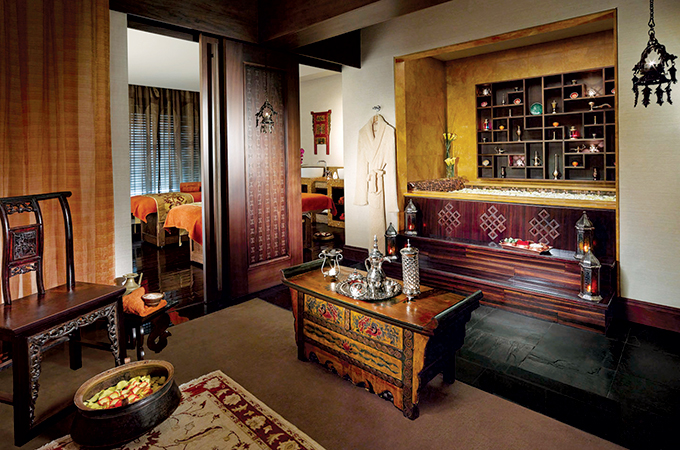Wellness tourism grew from a $563 billion market in 2015 to $639 billion in 2017, or 6.5 per cent annually, more than twice as fast as tourism overall (3.2 per cent). And it’s forecast to grow even faster through 2022 (7.5 per cent yearly) to reach $919 billion, according to the non-profit Global Wellness Institute’s (GWI) latest “Global Wellness Tourism Economy” report.
North America drives the most wellness tourism revenues ($242 billion annually) and Europe the most wellness trips (292 million)–but Asia-Pacific is the eye-opening growth leader, with wellness trips growing a whopping 33 per cent in the last two years.
There’s a misconception that wellness travellers are a small, elite, rich group who visit destination spas or meditation retreats
“Wellness tourism burst into the consumer consciousness just a very few years ago, and it’s hard to grasp the speed of its growth and evolution,” noted Katherine Johnston and Ophelia Yeung, GWI Sr. Researchers. “Wellness, hospitality and travel are now converging in unprecedented ways, from the ‘healthy hotel’ concept going utterly mainstream to airports, airlines, and cruises injecting so much wellness programming, to the profusion of ever-more-creative wellness destinations, retreats and tours. The wellness concept is transforming almost every aspect of the travel industry–and wellness tourism will only grow faster in years ahead, as it lies at the powerful intersection of two massive, booming industries: the $2.6 trillion tourism industry and the $4.2 trillion wellness market.”
Wellness tourism is heavily concentrated in several countries across North America, Europe and Asia-Pacific. The top five nations (US, Germany, China, France, Japan) represent 59 per cent of the global market, and the US alone drives over one-third of world revenues. Since 2013, both China and India have shot up in the rankings: China jumping from 11th to 3rd today; India hopping from 16th to 7th. Malaysia has entered the top twenty for the first time.
Wellness travellers are very high-spending, high-yield tourists. In 2017, international wellness tourists on average spent $1,528 per trip, 53 per cent more than the typical international tourist. The premium for domestic wellness tourists is even higher: at $609 per trip, they spend 178 per cent more than your average domestic tourist.
The GWI identifies two types of wellness travellers. The “primary” variety is a traveller whose trip/destination choice is primarily motivated by wellness. The “secondary” is a traveller who participates in wellness experiences on any leisure or business trip.
While there’s a misconception that wellness travellers are a small, elite, rich group who visit destination spas or meditation retreats, it’s actually the more mainstream secondary breed that comprises the dramatic bulk of the market: 89 per cent of wellness trips and 86 per cent of expenditures.
Saudis love a wellness break
RESEARCH from YouGov on behalf of Priority Pass, the world’s leading and original airport experiences programme, shows that people in Saudi Arabia love wellness and spa holidays abroad. According to the survey, 38 per cent enjoy wellness holidays, with 22 per cent listing it as their favourite activity.
This was also reflected in spending, with people splashing out an average of SR5,090 ($1,356) a year on investing in a wellness trip. The purchase of luxury items only ranked 7th in terms of the amount of money people would spend – with the average of SR3,099 ($826).
According to the latest edition of Colliers ‘Spa Benchmark Report’, the performance of hotel spas operating within the UAE and KSA were analysed, providing an insight into indicators such as the average rate, revenue and number of treatments sold during the first half of 2018.
While the UAE emerged as having some of the largest and most advanced wellness and spa facilities in the region, the wellness industry in KSA is gradually evolving as the popularity for wellness and health has gained momentum. This has invariably directed the hotels to focus more on spa and wellness offerings. Opening of dedicated spas for female guests in hotels is an upcoming trend in the kingdom. Increasing participation of women in KSA’s workforce will also have a positive impact on the wellness industry in the Kingdom. In the coming years, the wellness industry in KSA is likely to witness significant changes with several players expected to enter the market.



